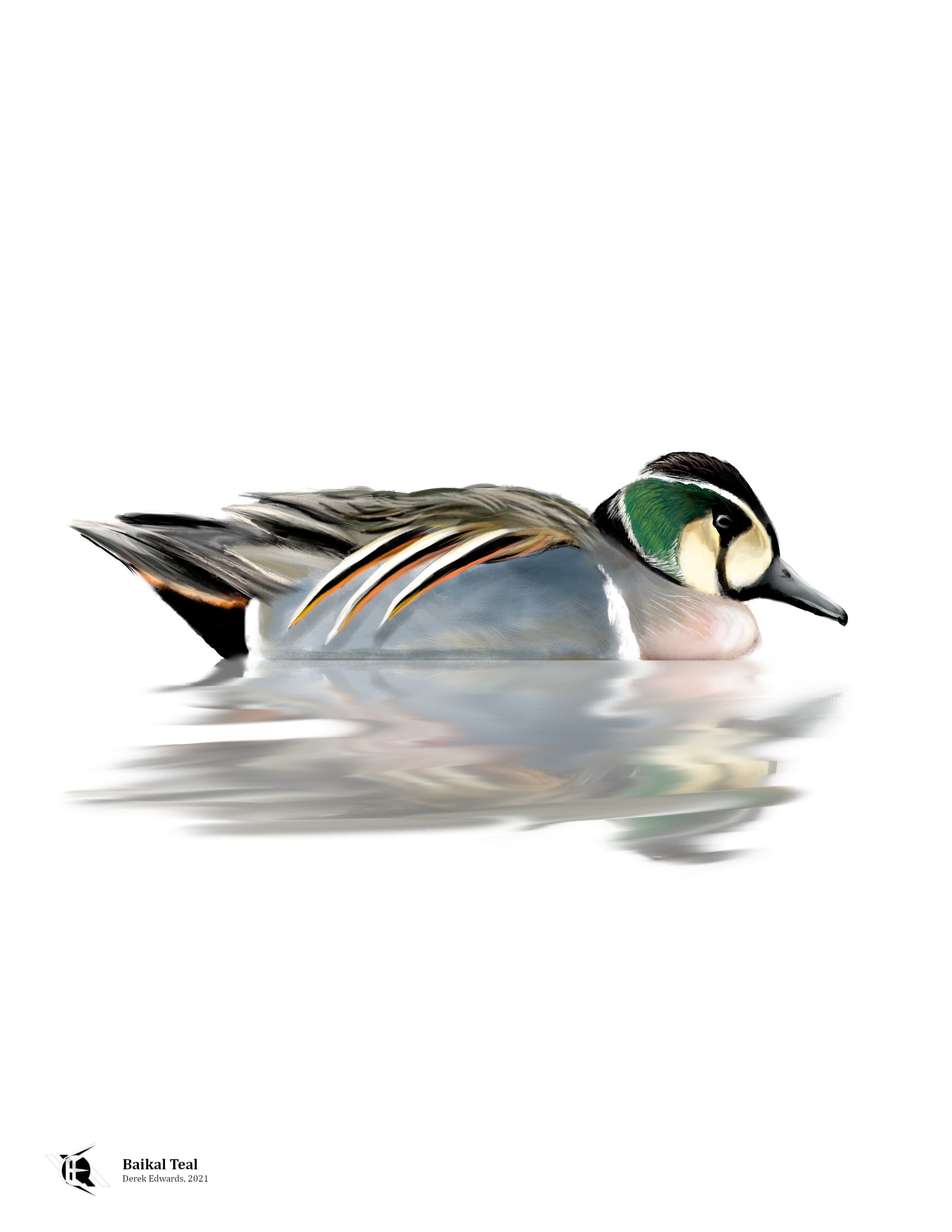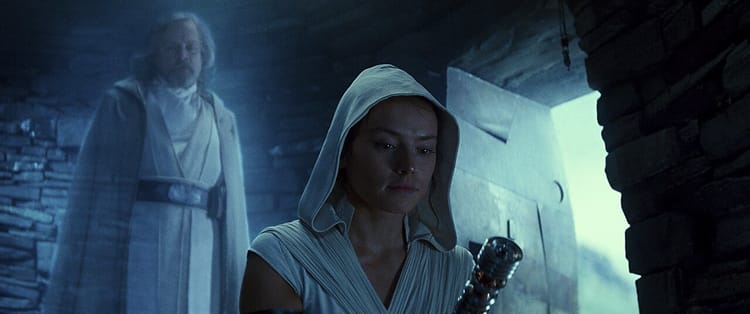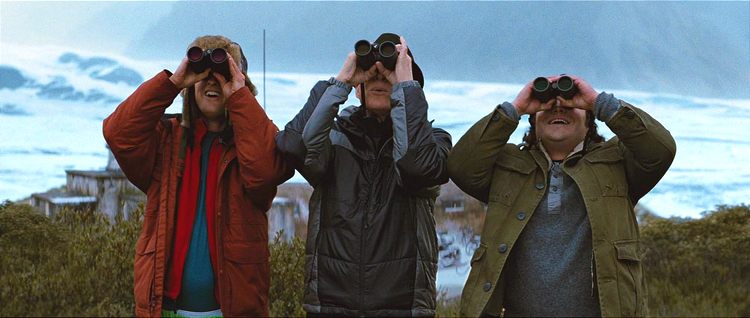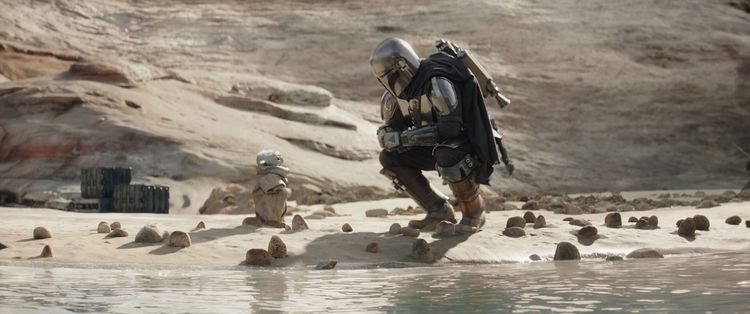
Running Commentary 4/12/2021
Hello,
First off: my review of Victory's Price, the finale of Alexander Freed's excellent Alphabet Squadron trilogy, was published this past Saturday. Give it a read if you'd like my thoughts on it, and give the books themselves a read if you haven't.
Anyway...
Watching
Falcon and the Winter Soldier has had two new episodes since the last RC, so there's a lot to cover in this one. Here are my notes. SPOILERS

- The villains still are lacking, I think. The issues faced by the post-blip world haven't been established especially in-depth, so it's hard to gauge how righteous the flag-smashers are. Certainly destroying all governments seems a bit drastic, no matter what the problems are, but the show seems unclear on whether they're evil or just stupid.
- Zemo's an interesting presence in the show. He escaped, but he'll probably be back.
- Sam spent two-and-a-half episodes mocking Bucky for his thousand-yard stare before the show remembered he was a therapist for traumatized soldiers.
- John Walker is an interesting character. I'm really not sure where he goes from here. I think Hoskins not being around will be a bad thing.

Bird of the Week
This week we have another duck. This is the Baikal Teal, a reasonably common sight if you're in the right parts of northeastern Asia. These are dabbling ducks, which is to say, they don't dive after their food. They can be found throughout eastern Siberia in the summer, which is their breeding season. Over winter, they move down into China, Korea, and Japan, though they tend to stick close to a few sets of core marshes.
Baikal teals are named after Lake Baikal, the largest and most famous of their summer habitats. Baikal is the deepest body of fresh water in the world, holding more water by itself than all five Great Lakes combined. It is home to hundreds of species of waterfowl, when it isn't frozen over.

The name "teal" was first applied to the common teal, Anas crecca. It comes from a Middle German name for that duck. The color teal is named after the blue-green mark on the common teal's head. As it applies to ducks, I'm not aware of any hard-and-fast definition of which ducks are teals and which aren't, but I can say that teals are all dabbling ducks, usually of the genus Anas or Spatula, and usually on the smaller side, as ducks go. The Baikal teal is in its own genus, having the binomial Siberionetta formosa, which translates to "beautiful siberian duck". As you might imagine, they have several other names in the languages spoken through their range. In Chinese, they are 花脸鸭 (painted duck); in Korean, they are 가창오리 (singing duck). In Russian, they are Чирок-клоктун, which I think is the Russian word for teal combined with the Kyrgyz word for clock, but I'm not certain.

Curation Links
The Hedgehog’s Great Escape | Lynne Olson, The American Scholar
An account of Marie-Madeleine Fourcade, a French Resistance leader who escaped custody by the Gestapo. Adapted from Lynne Olson's Madame Fourcade’s Secret War.
Rabbit Island | Elvira Navarro, trans. by Christina MacSweeney, Literary Hub
[FICTION] Excerpted from MacSweeney's translation of Navarro's short story collection Rabbit Island: the story of a woman in a city with an imbalance of the ears.
Responsible Frankensteins? | Brendan Foht, The New Atlantis
An examination of the true shortfall of Dr. Frankenstein, the popular conception of his folly, and the way the difference between the two may be driving scientists toward making Shelley's fiction a reality.
Time | Liam Conner, DUST on YouTube
[FICTION] [VIDEO] Short Film about British school-children and time travel
Consider the Stork | Katherine Rundell, The London Review of Books
For her regular column considering some animal or another, Katherine Rundell looks at storks, those tall-standing hunters of the bird world. Read to learn of storks' role in myth, in our understanding of migration, and in World War II.






Member Commentary